Planning on cycling whilst pregnant? Ok, so you’re hardly Victoria Pendleton. But if you’re a keen cyclist, and want to carry on exercising now you’re pregnant, there’s no need for you to stop. You just need to apply a few rules!
Here's everything you need to know about cycling when pregnant...
Cycling when pregnant
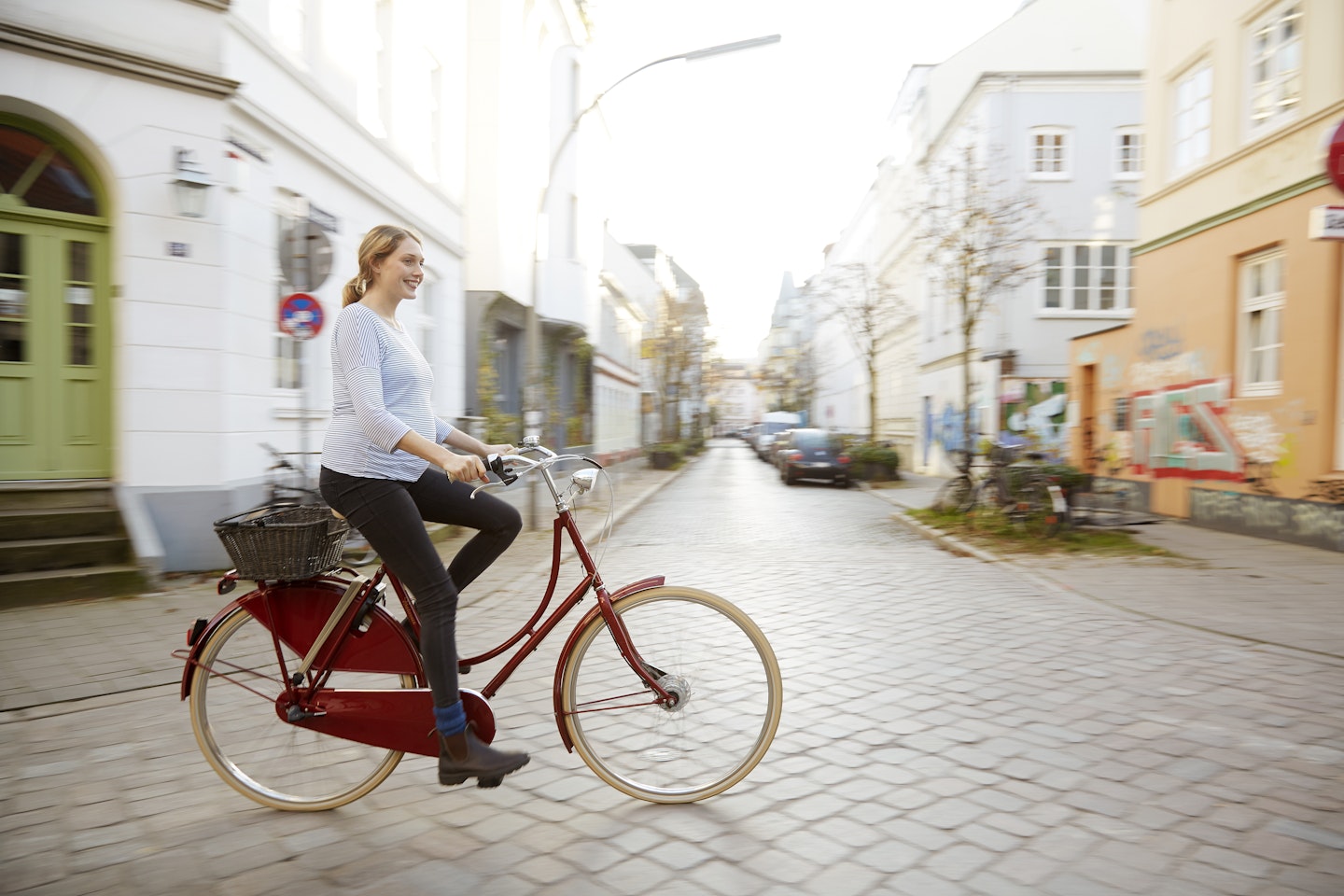 1 of 8
1 of 81. Take advice
‘Talk to your doctor and midwife and let them know you cycle, you intend to carry on and give them an idea of what you’ll be doing,’ says Louise Iles from Halfords Cycles and a mum-of-three. If there is any medical reason they give for you to stop exercising, take heed. It’s only for nine months.
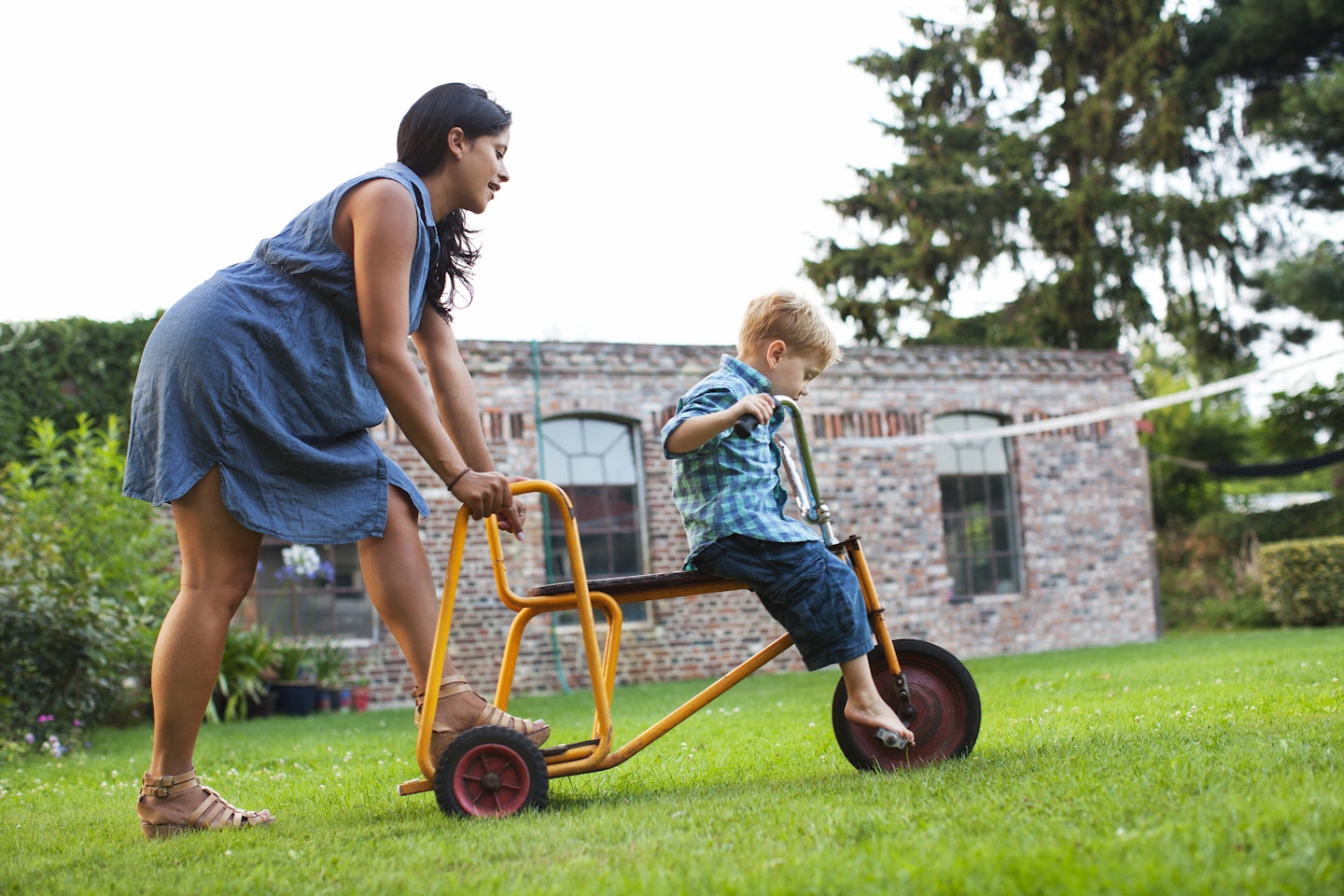 2 of 8
2 of 82. Think about your route
If you enjoyed whizzing down steep roads or off-road mountain-biking, it might be worth giving those a miss. But if you’re sticking to safe, relatively quiet roads, the benefits you’ll get from cycling will balance out any risks. And make sure you’re fully kitted out with lights and day-glo jacket – even during the day – so drivers can spot you.
 3 of 8
3 of 83. Allow for tiredness
During the first trimester, your body is creating the placenta,and that’s no easy feat. You could be far more tired than usual, so plan accordingly. ‘Avoid the long hard slogs,’ says Louise. ‘You can carry on cycling in the second trimester andthird trimesterbut get advice from your doctor and keep safe.’
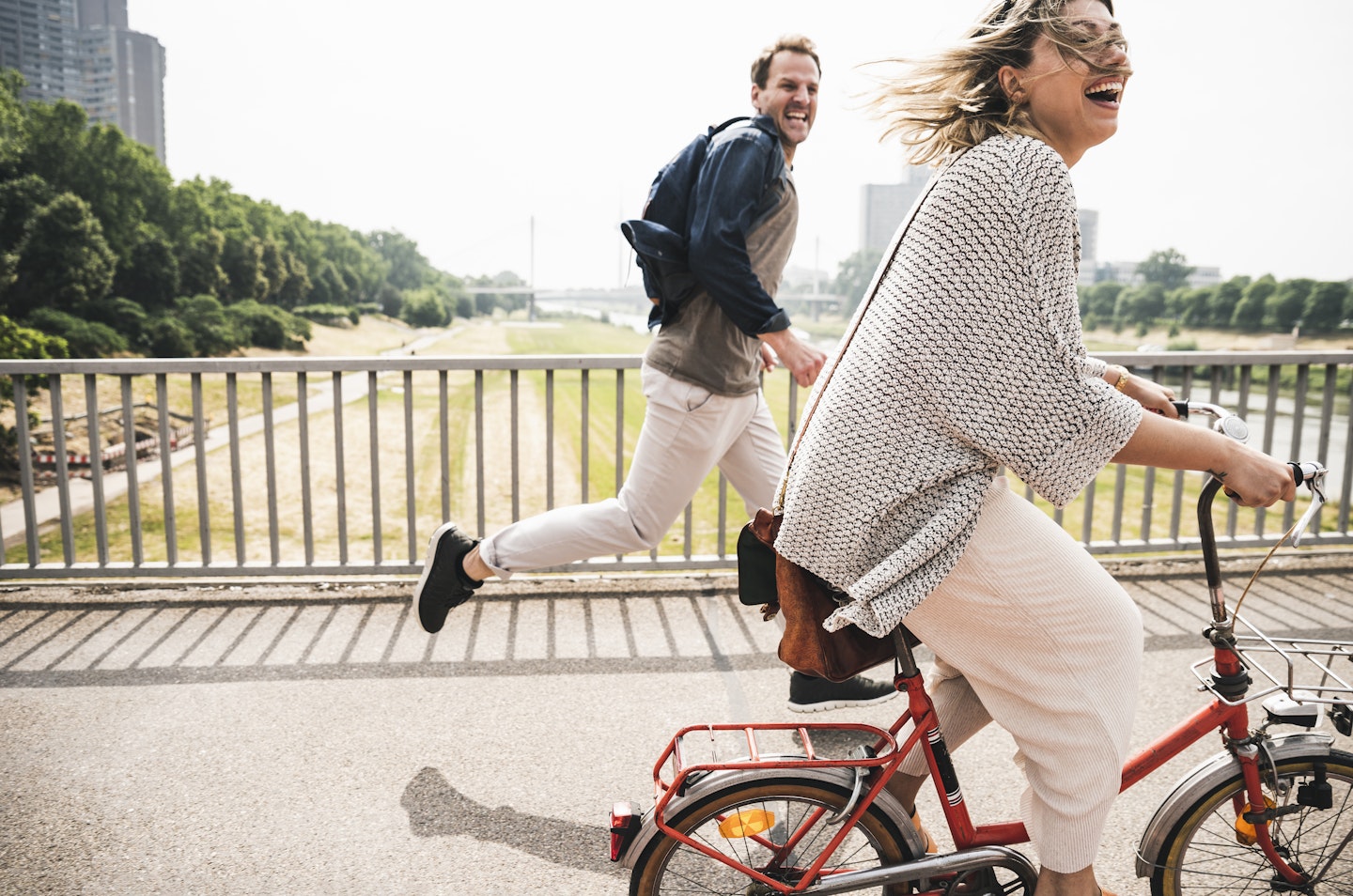 4 of 8
4 of 84. Make adjustments
As your bump grows in the second trimester, you may need to move your saddle or handlebars. ‘Raising the handlebars on your bicycle so you are sitting in a more upright position can help accommodate your bump,’ says Louise.
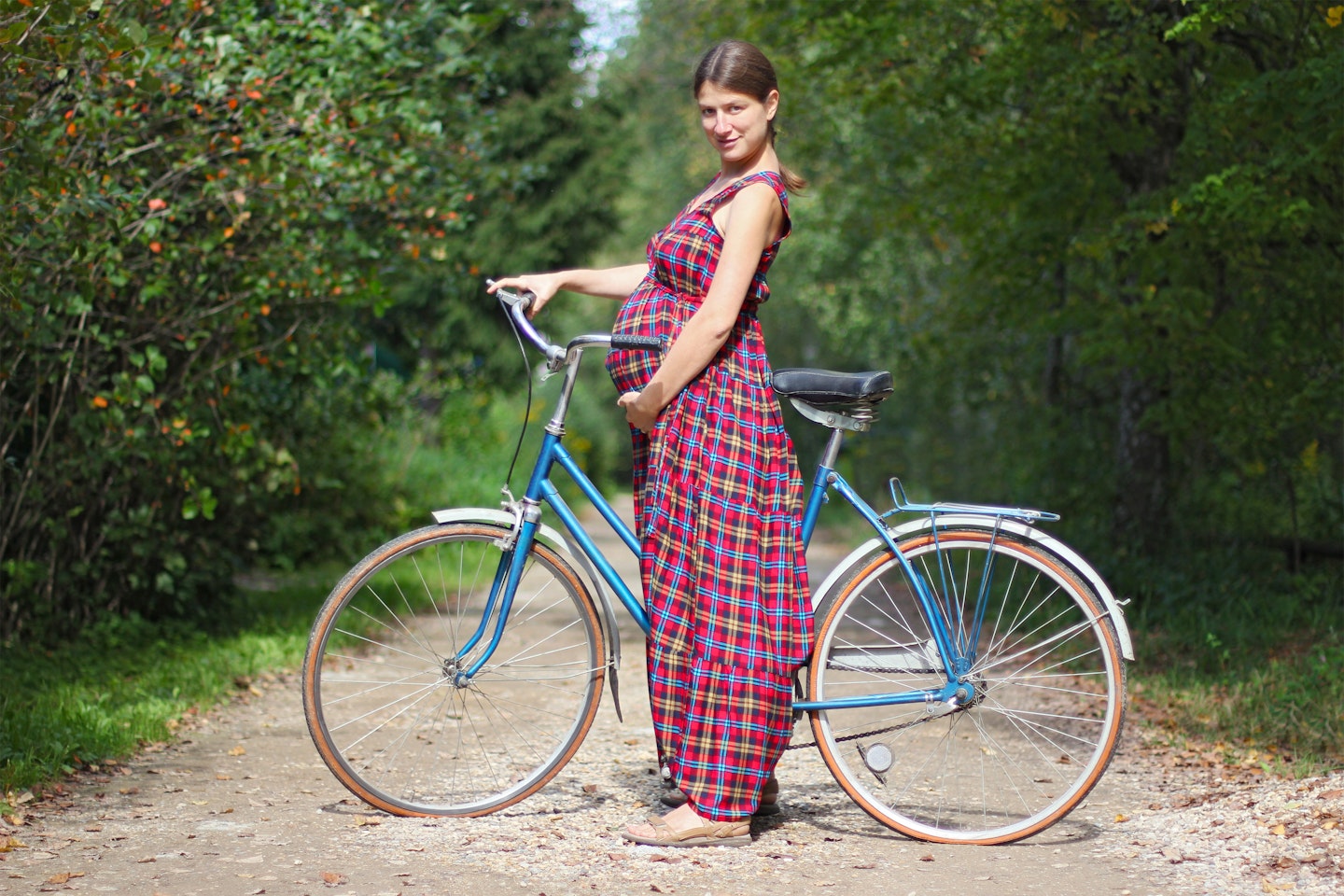 5 of 8
5 of 85. Assess your balance
In some cases, your balance can be affected. ‘In the later stages, there’s no escaping that your centre of gravity will change as your bump grows and a fall at this stage isn’t great, so if you start wobbling while cycling, get off and walk,’ says Louise.
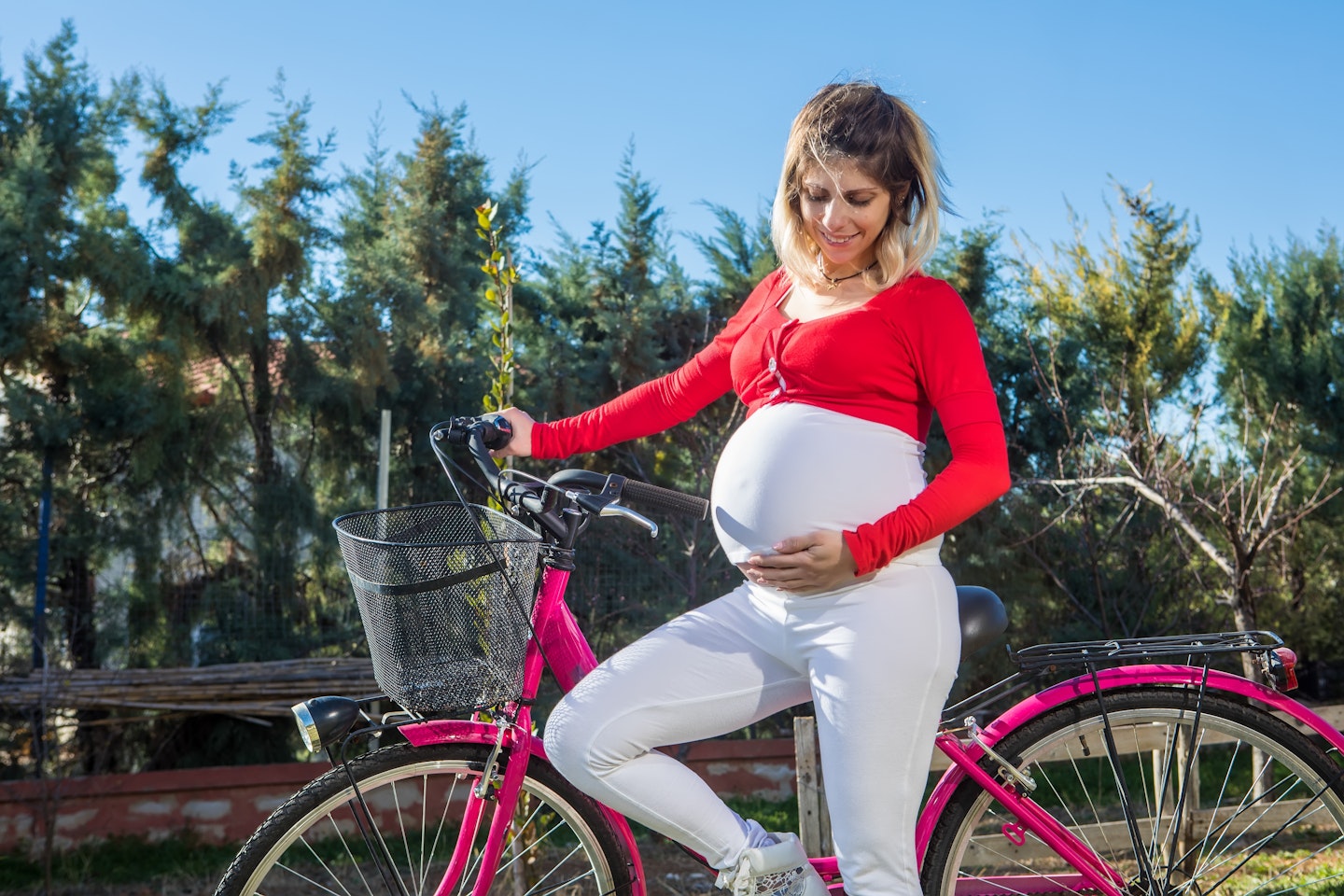 6 of 8
6 of 86. In the saddle
With your extra weight, you may need to make some changes to your saddle otherwise it may feel a bit sore to sit down. ‘There are a multitude of women’s specific saddles on the market, and some have extra padding,’ says Louise. Or get a gel-filled saddle cover, which is much comfier.
 7 of 8
7 of 87. Watch out for backache
A common side effect of pregnancyis backache. If you are suffering and have a racing or road bike, which involves leaning over the handlebars, it may feel uncomfortable. Dutch-style upright bikes (such as Pashleys) put you in a better position that may help to prevent aches and pains. Pregnancy yoga will help with aches and pains or try pregnancy massage.
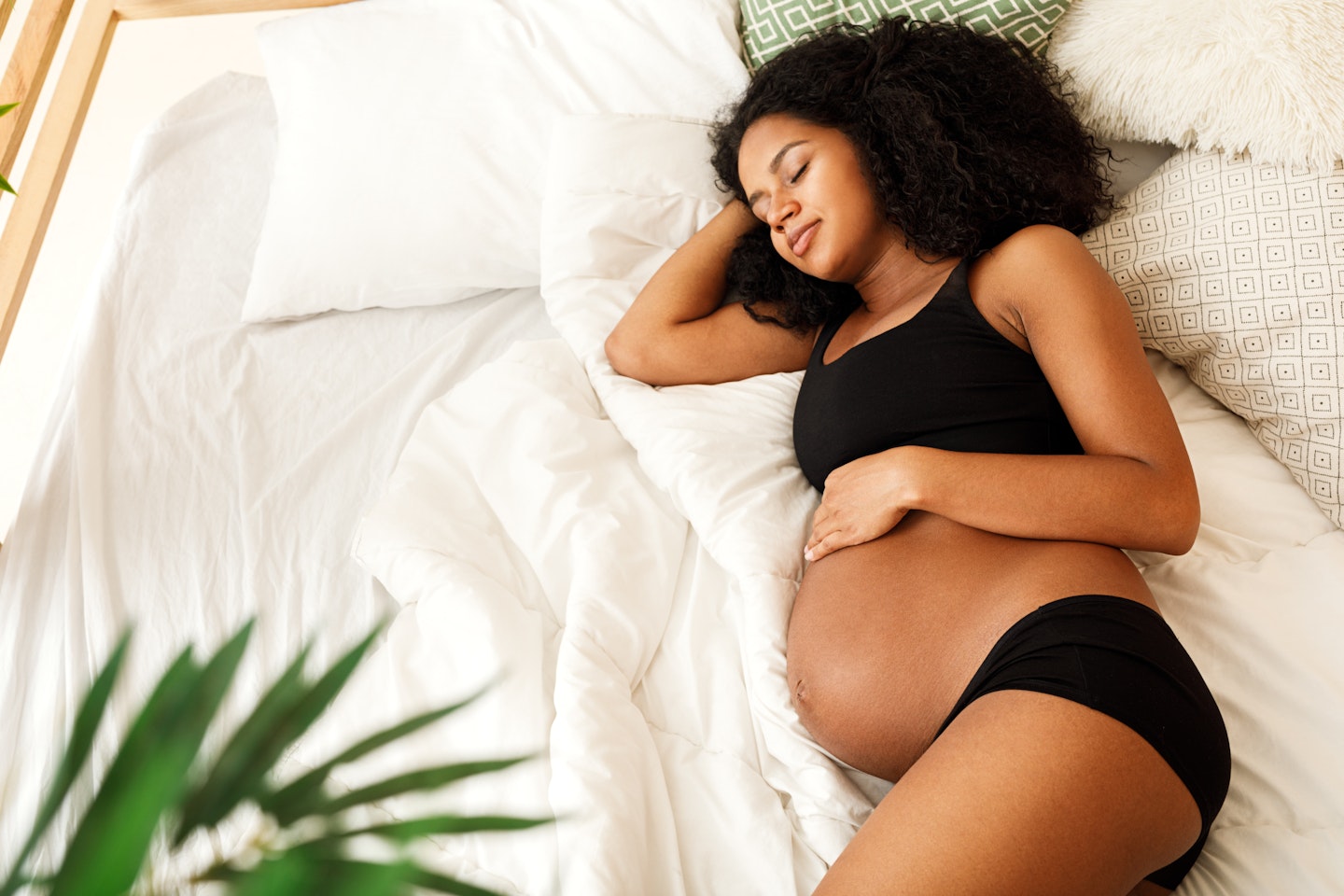 8 of 8
8 of 88. Don’t overdo it
As your baby grows your internal organs need to jostle for position. ‘You’ll know your bladder is now smaller,what you may not know is your lung capacity may be reduced,’ says Louise. ‘If you’re getting out of breath, slow down or, in severe cases, stop and take a breather.’ It’s important that you don’t overheat when you’re pregnant, so keep your sessions, brisk but not too sweat-inducing.
Make sure you're following Mother & Baby on Instagramfor relatable memes, inspiring stories and parenting hacks!
Subscribe to Mother&Baby magazine for expert tips, must-have products and invaluable advice for mums, delivered straight to your door.
Whether you’re planning your new baby essentials shopping list, giving friends and family gift ideas, or planning for your baby shower, the Amazon Baby Wish List allows you to keep track of all your shopping ideas in one place.Click here to start yours today!
